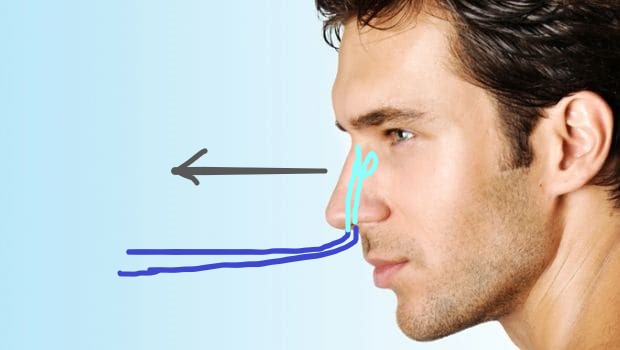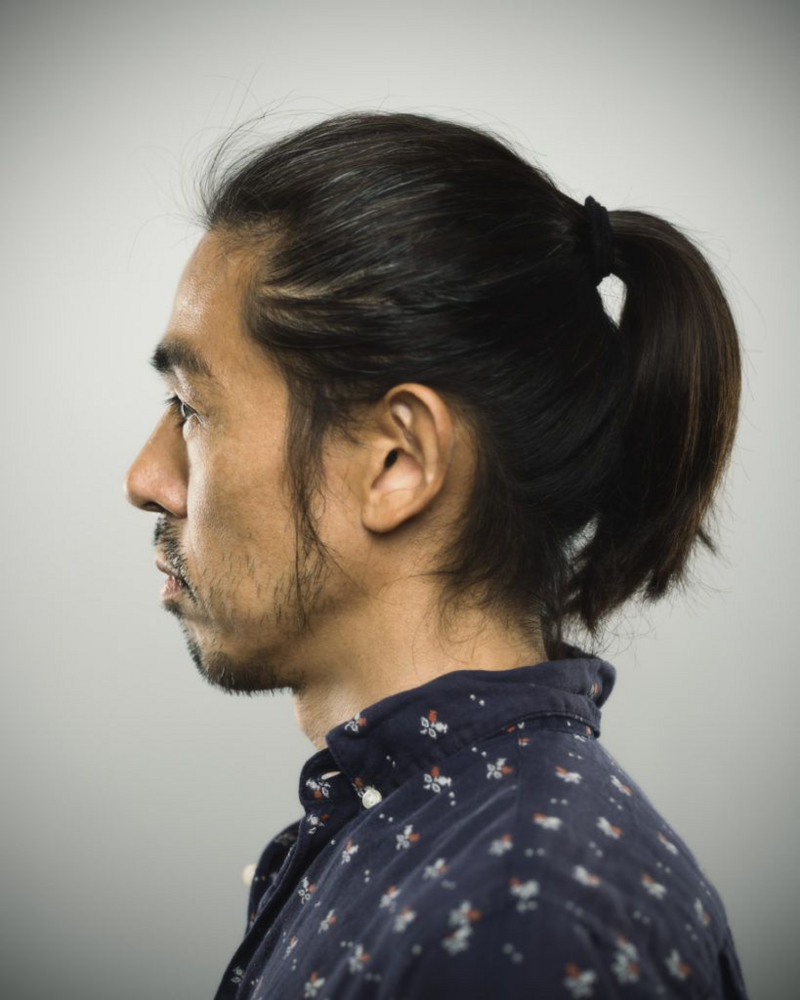D
Deleted member 28414
Roped
- Joined
- Apr 8, 2023
- Posts
- 792
- Reputation
- 1,518
i wonder if you can make your medial canthus more downturned using this because when i pull the top of my nose forward it improves itI wonder, aside from cartilage pulling,

and upper jaw pulling

If,
1. anchored nasal bridge pulling with a facepuller (you need to be buddy with a maxillofacial doc/surgeon to install the bone anchors like those in the palate) to essentially pull your upper maxilla and increase your airway space as well

OR
2. there is way to insert rods inside your nose like the ones used to test whether you got covid

But solid anelastic ones that don't BEND and pull your nasal bridge - maxilla that way

is a realistic way to partly fix a recessed upper maxilla.
JFL how does that guy breath?
His alar base starts behind his eyes.
Mirin his 3 cubic centimeters (3 cm^3) cranial airway.



 can you send me all your high IQ threads I find it difficult to distinguish and find HIGH IQ threads
can you send me all your high IQ threads I find it difficult to distinguish and find HIGH IQ threads
